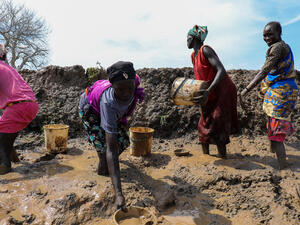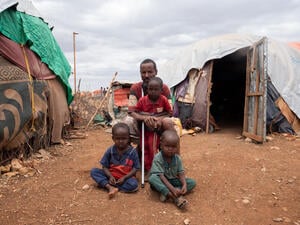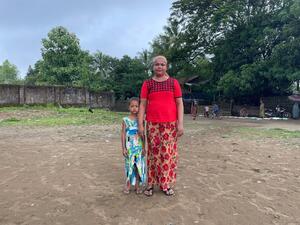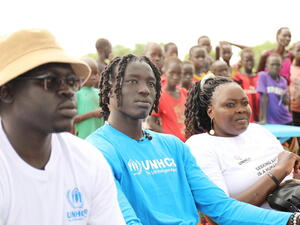North Caucasus Update
North Caucasus Update
Mounting Concern about Civilians
A total lack of international humanitarian and monitoring presence inside Chechnya makes it virtually impossible to assess the number of civilians remaining in Grozny, let alone their plight. The city has become an active battlefield. According to various rough estimates, up to 20,000 civilians remain inside. Over the past few weeks only a handful of people have left Grozny braving artillery bombardment in and around it. Most civilians are believed to have been hiding in cellars for weeks, without electricity and adequate food or water.
The Exodus from Chechnya Intensifies
As fierce battles between Russian troops and Chechen rebels raged in and around Grozny the flow of people from Chechnya to Ingushetia increased substantially on Thursday 20 January. By 2 p.m. an estimated 2,300 people crossed - the highest daily figure in many weeks. It was not immediately clear whether the group includes residents of Grozny or other areas of Chechnya. Also on Thursday, some 800 people went back to Russian controlled areas in northern Chechnya. The sharp increase in those fleeing Chechnya comes after a week of very limited cross-border movement following a January 11 order by Russian military commanders to bar males between the age of 10 and 60 from crossing the border. The ban was lifted three days later but all those crossing have since been subject to elaborate checking and body searches by the Russian military and security forces. There are also unconfirmed reports about draft-age men being detained at the border and held by Russian forces in their main military headquarters in Mozdok.
Aid Operation Continues
UNHCR continues to send aid convoys to Ingushetia's capital Nazran at a pace of about one convoy per week, bringing food, shoes and winter clothing to between 150,000 and 180,000 people who fled Chechnya for Ingushetia. The aid distribution to the displaced in Ingushetia has strengthened with the arrival in the northern Caucasus of the Danish Refugee Council (DRC). The DRC - UNHCR's main partner agency in the area - is now the second largest international aid agency in the northern Caucasus. It is helping Russia's official relief agency EMERCOM in the distribution of aid. UNHCR and DRC now have almost 200 staff, including 10 expatriates serving in the Chechnya emergency. UNHCR is also working with other specialized U.N. agencies - the World Food Programme, the U.N. Children's Fund and the World Health Organization.
In addition to weekly convoys to Ingushetia, UNHCR has sent three relief convoys to neighbouring Dagestan which also hosts people displaced from Chechnya. Dagestan now has at least 5,000 people who fled the recent fighting in Chechnya plus some 7,000 displaced during a Chechen rebel incursion into that impoverished republic last summer. The actual number of Chechens seeking refuge in Dagestan is believed to be higher than the officially registered 5,000.









